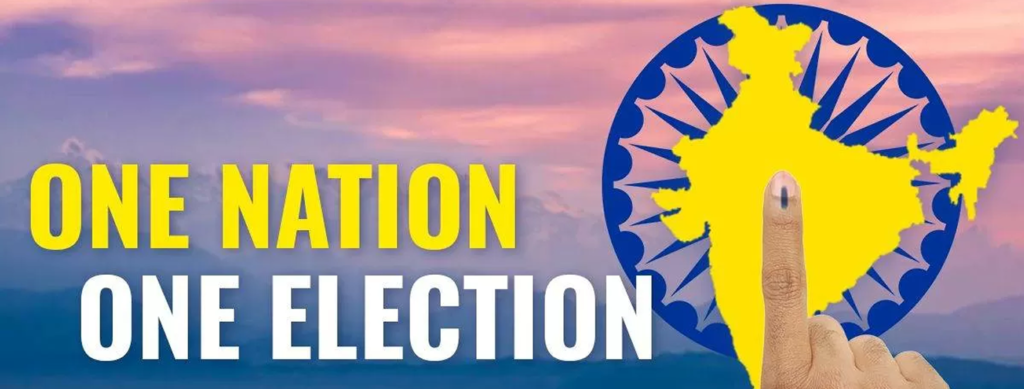Overview
Background and Challenges
India initially held simultaneous elections for the Lok Sabha and State Assemblies from 1951-52 to 1967. However, this cycle was later disrupted, leading to frequent elections at different times. This has resulted in increased government expenditure, prolonged deployment of security forces, and repeated enforcement of the Model Code of Conduct,
impacting governance and development.

Recommendations and Way Forward
Recognizing these challenges, the Law Commission of India, in its 170th Report on Reforms of the Electoral Laws, recommended restoring a synchronized election cycle. Similarly, the 79th Report of the Parliamentary Standing Committee on Personnel, Public Grievances, Law and Justice (2015) proposed a phased approach to conducting elections. Based on these recommendations, the Government of India has constituted a High-Level Committee (HLC) to examine the feasibility and suggest a roadmap for implementing One Nation, One Election. This initiative aims to enhance democratic stability, reduce financial and administrative burdens, and make the electoral process more structured and participative,impacting governance and development.
Objective
Ensuring Efficiency and Stability
The objective of One Nation, One Election is to bring consistency and efficiency to India’s electoral process. Frequent elections lead to administrative strain, increased costs, and governance disruptions due to the repeated enforcement of the Model Code of Conduct.
Strengthening Democracy and Governance
By synchronizing Lok Sabha and State Assembly elections, this initiative aims to reduce the administrative burden, ensure better policy implementation, and allow governments to focus on long-term development. It is a step toward strengthening democracy by making elections more streamlined and participative.
